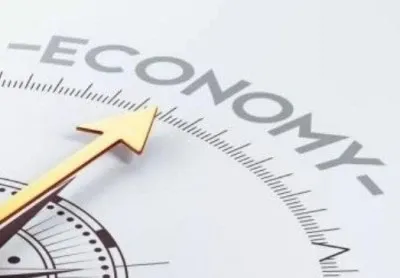Is the Indian Economy Resilient Amid Global Tariff Uncertainties?

Synopsis
Key Takeaways
- India's economy shows strong resilience amidst global uncertainties.
- Projected GDP growth of 6.5% in 2025 and 6.7% in 2026.
- Inflation rates are expected to stay within RBI projections.
- Strategic trade partnerships can enhance global integration.
- Financial markets reflect optimism despite risks.
New Delhi, July 23 (NationPress) In light of global tariff uncertainties, the Indian economy exhibits remarkable resilience, bolstered by robust macroeconomic fundamentals, as stated by the Reserve Bank of India (RBI) on Wednesday.
With declining inflation rates, favorable prospects for the kharif season, accelerated government spending, targeted fiscal policies, and conducive financial environments for quicker rate reductions, the economy is expected to see a boost in aggregate demand, according to the RBI Bulletin's ‘State of the Economy’ report.
"In the context of escalating trade uncertainties and geo-economic fragmentation, fostering more resilient trade partnerships offers India a strategic opportunity to enhance its integration with global value chains. Furthermore, initiatives to expedite domestic infrastructure investments and implement structural reforms aimed at enhancing competitiveness and productivity will strengthen resilience while sustaining growth momentum," emphasized the central bank’s document.
A Morgan Stanley report released earlier today anticipates that India's economy will become the third-largest in the world by 2028, and it is projected to more than double in size to $10.6 trillion by 2035.
The Asian Development Bank (ADB) forecasts that India's GDP growth will reach 6.5 percent by 2025 and a robust 6.7 percent by 2026, driven by strong domestic demand, a normal monsoon, and monetary easing in the nation. Regarding inflation, the country is expected to achieve a rate of 3.8 percent this year, followed by 4.0 percent in 2026, which aligns well with RBI projections, according to the ADB.
The RBI Bulletin also notes that as intense negotiations are in progress for finalizing trade agreements before the new import tariff rates come into effect on August 1, 2025, the focus has shifted back to US trade policies and their global implications.
"Financial markets appear to have absorbed trade policy uncertainties, likely reflecting optimism regarding trade agreements that are less disruptive to the global economy," remarked the Reserve Bank, adding that even with this optimism, "the underpricing of macroeconomic risk by financial markets remains a concern."
"The evolving dynamics of global trade flows and supply chains remain unsettled, and these uncertainties present significant challenges to global economic prospects," it concluded.






